Excelsior Football Club, located in the heart of Rotterdam, is preparing to increase its stadium capacity to 7,500 seats in anticipation of meeting the demands of higher-tier football in the Dutch Eredivisie. To realize this ambition, the club has partnered with Stebru, a reputable Dutch development company, to lead the stadium’s redevelopment.
Although Stebru is fully capable of managing the project independently, the company has demonstrated its openness to innovative ideas by launching a collaborative Summer School initiative in partnership with the Rotterdam University of Applied Sciences. The aim of this five-day program was to explore fresh and diverse concepts for the stadium’s redevelopment by engaging students from across Europe—including participants from Berlin, London, Paris, and Rotterdam.
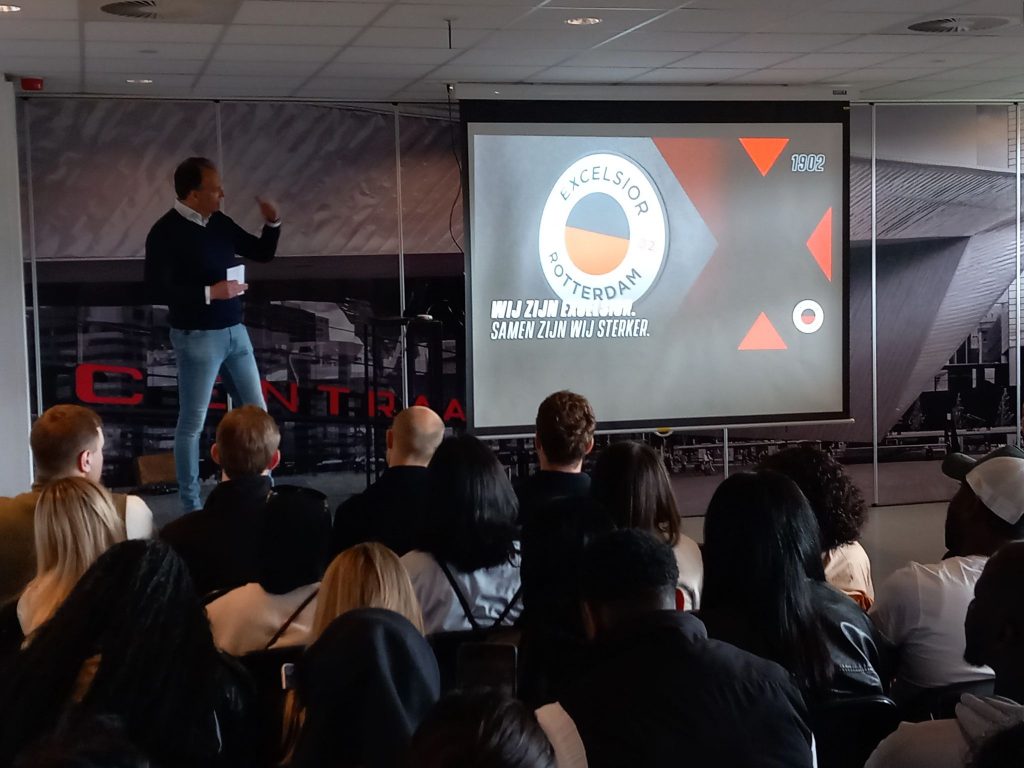
Figure 1. Stebru Representative Explaining the Project
At first glance, involving students in such a significant development might seem unconventional. However, discussions with Stebru representatives during the Summer School clarified the company’s commitment to innovation. They emphasized that student-led ideas from previous editions had already been incorporated into ongoing developments. This approach reflects Stebru’s progressive mindset and its desire to deliver the best possible design through collective creativity.
Integrated Residential Development as a Financial Enabler
A distinctive aspect of the proposed redevelopment of Excelsior Stadium lies in its integration with a new residential development positioned adjacent to the stadium. This dual-purpose approach not only aligns with contemporary urban planning principles—emphasizing mixed-use spaces that support vibrant, continuous community engagement—but also serves a strategic financial function within the broader redevelopment scheme.
The residential tower, envisioned as a modern and sustainable addition to the Kralingen neighborhood, is a key component of the overall development. The building will not only provide much-needed housing within the city of Rotterdam but will also generate substantial revenue through property sales or rental income. This revenue is planned to be directly reinvested into the stadium project, thus offsetting a significant portion of the redevelopment costs.
During the Summer School organized by Stebru and the Rotterdam University of Applied Sciences, this integrated financial model was presented as a cornerstone of the redevelopment strategy. The model reflects a pragmatic yet innovative approach to urban regeneration, wherein private investment in residential infrastructure can be leveraged to fund public and community-oriented projects like a football stadium.
Such an approach ensures financial feasibility while maintaining the club’s commitment to its local supporters and identity. It also represents a long-term investment in the area, promoting a stronger sense of place and community by encouraging people to live, work, and socialize around the stadium precinct.
Moreover, the strategic location of the residential complex—overlooking the stadium and adjacent fan zones—will likely enhance property values due to its unique urban context and strong community ties. This, in turn, creates a self-reinforcing cycle of value generation and reinvestment.
By intertwining residential real estate with sports infrastructure, the project serves as a benchmark in how urban development can creatively fund itself while contributing to the social and architectural fabric of the city.
Structure of the Summer School
Approximately 50 students were selected to participate and were divided into teams of four. Each group was tasked with creating a conceptual design for the new stadium, culminating in a final presentation to Stebru’s panel of experts. Given the international nature of the cohort, English was adopted as the language of instruction.
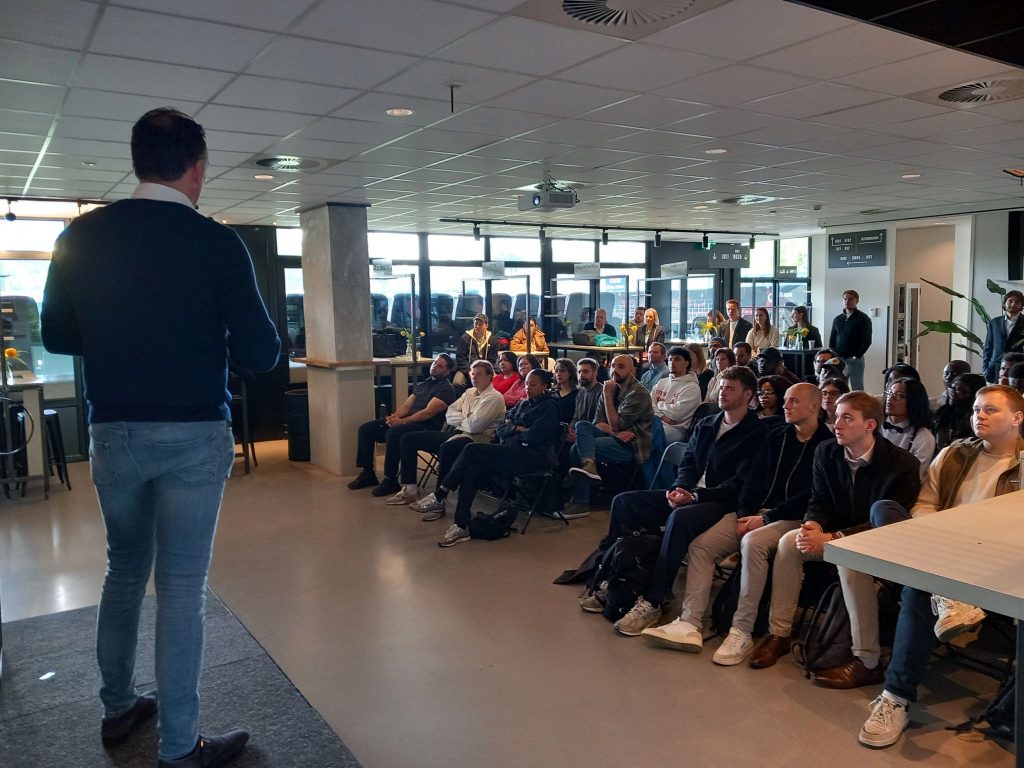
Figure 2. Students From 4 Different Universities Participating in the Project
The Summer School commenced on-site at the current Excelsior stadium, where participants were introduced to the physical premises and the scope of the redevelopment. This immersive experience laid the groundwork for brainstorming sessions that began immediately after, creating a dynamic and competitive environment.
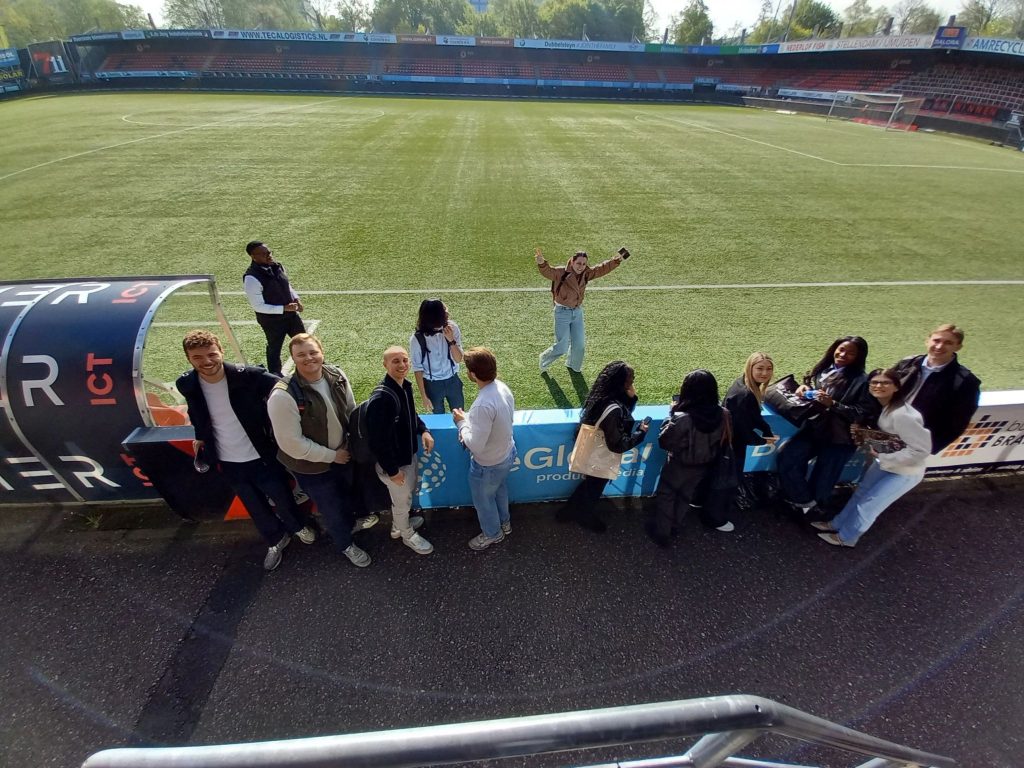
Figure 3.A Group of Students Investigating the Pitch
Throughout the week, the program featured insightful lectures from a range of professionals. Speakers included representatives from Arcadis, who shared perspectives on sustainable development, the Rotterdam Municipality, who discussed circular urban planning, and Caroline de Jager, who delivered a talk on the role of meaningful design in urban regeneration.

Figure 4.Arcadis (right) and Rotterdam UAS (left) Representatives Presenting A Lecture
On the final day, each group presented their concept within a four-minute timeframe. The range of ideas showcased a high level of creativity and architectural thought, and many resonated with Stebru’s goals for the stadium. Following the presentations, detailed feedback was provided to each group. Ultimately, one winning and one co-winning team were selected. I had the privilege of being part of the winning team, and the following section elaborates on our proposed design.
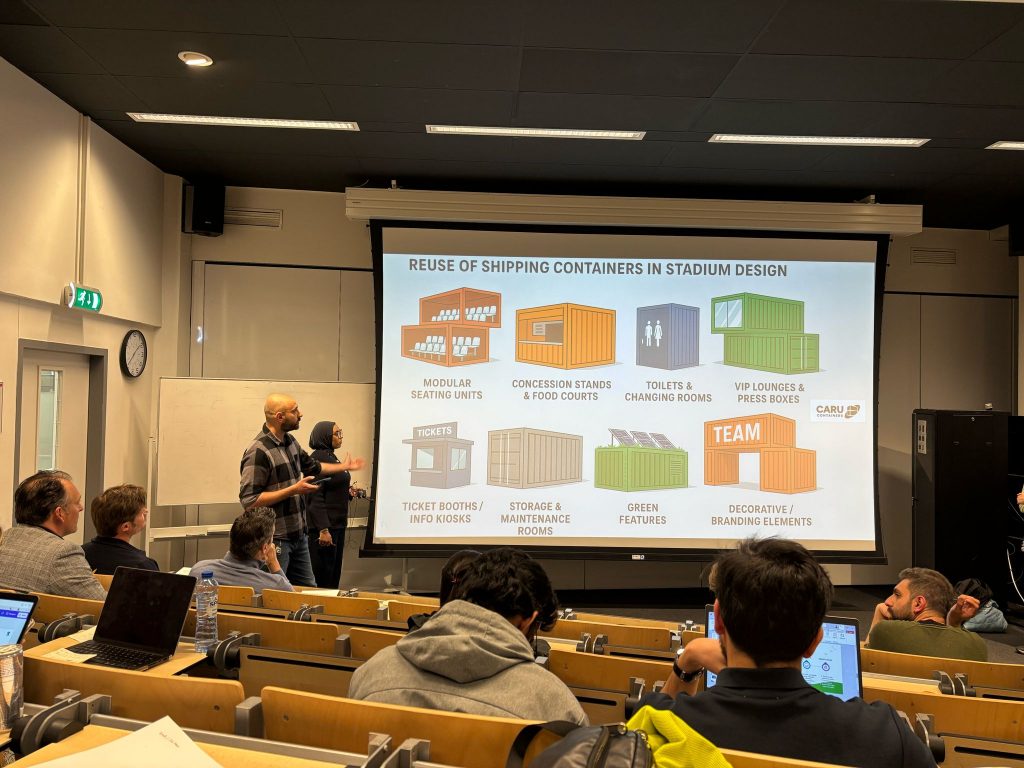
Figure 5.Me Presenting A Part of My Group’s Presentation
Innovative Redevelopment: A Modular and Sustainable Design Approach
Our design centered on the innovative and strategic use of shipping containers as the primary architectural element of the stadium’s redevelopment. This choice was grounded in both sustainability and symbolic relevance.
Firstly, Rotterdam’s deep-rooted maritime heritage inspired the container-based aesthetic. Incorporating used containers not only contributed to circular construction principles, but also created a visual narrative that paid tribute to the city’s shipping legacy. Secondly, Excelsior’s existing partnership with Caru Containers, a prominent container company, provided an opportunity to strengthen this commercial relationship by involving them directly in the stadium’s construction. The ease of access to containers through this partnership served as a practical motivation behind our concept.

Figure 6.Conceptual Design Of My Group’s Project Generated By AI
A defining feature of our design was its emphasis on flexibility and multifunctionality. We envisioned the stadium as more than a matchday venue; rather, it would become a year-round community asset. The containers could be quickly modified into various configurations—temporary seating, pop-up bars, retail units, and event platforms. If 20-foot containers were employed, they could be transported by forklift and easily repositioned according to the spatial needs of different events, from social gatherings to concerts and fan zones.
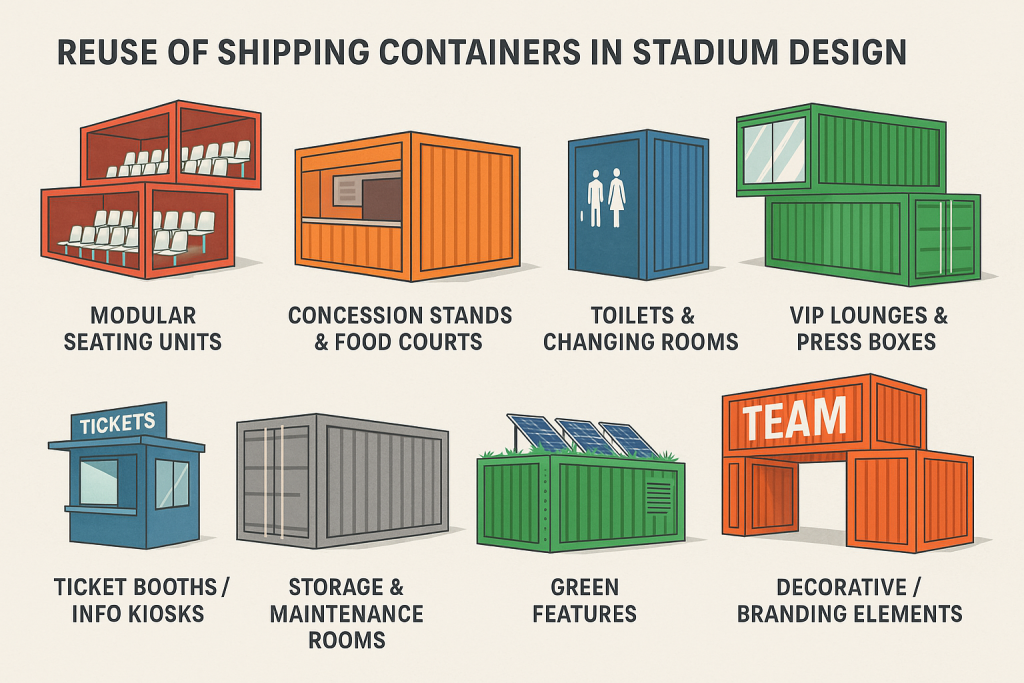
Figure 7.Demonstrating the Versatility of Ship Containers In My Group’s Project Generated By AI
The concept also integrated green design elements such as photovoltaic solar panels, wind turbines (both rooftop and facade-integrated), photovoltaic solar windows, and piezoelectric tiles to generate renewable energy from foot traffic. These features aligned with the broader vision of transforming the stadium and adjacent residential areas into a model of sustainable urban development.
Additionally, our design proposed the use of underground parking to free up surface space around the stadium. This newly available area could serve as a multi-use plaza, equipped with modified containers for hosting open-air events, enhancing fan experiences, and creating a vibrant environment on both matchdays and non-matchdays.
Overall, the proposal was not only functional and environmentally conscious but also deeply reflective of Rotterdam’s identity and Excelsior’s community-oriented spirit. We were honored to see our concept recognized as one of the top designs, reinforcing our belief in the value of collaborative, student-driven innovation in shaping the future of urban development.
Conclusion
Reflecting on the Summer School initiative in Rotterdam, it becomes evident that programs like these are not only effective in generating innovative ideas but also serve as valuable platforms for bridging academia and industry. As a student representative for TITAN, I see a natural alignment between the goals of TITAN and the outcomes of this Summer School. Last summer, I had the opportunity to work with TITAN on a project involving Skanska, ABB, and Metropolia University of Applied Sciences, where a team of four students tackled broad sustainability challenges in housing. That experience reinforced how much can be achieved when industry and academia come together to address real-world issues.
The Excelsior Summer School in Rotterdam illustrates a clear path forward for initiatives like TITAN. Engaging students in hands-on, conceptual development projects not only nurtures the next generation of professionals but also gives companies access to fresh perspectives and creative thinking that may not surface within traditional development structures. This method of collaborative ideation is particularly timely and strategic, especially during periods of economic uncertainty. In a climate like Finland’s current recession, where competition for jobs is intense and companies are often overwhelmed with thousands of applications for each open position, initiatives like this offer a proactive recruitment advantage. By identifying talent early and observing how students approach complex challenges, companies can effectively headhunt high-potential individuals before they enter the job market.
In this context, the Summer School model is more than just an educational exercise—it is a blueprint for the future of industry-academia collaboration. It underscores the value of interdisciplinary teamwork, real-world problem-solving, and open dialogue between emerging professionals and established organizations. As such, expanding similar programs across Europe, and particularly within TITAN’s network, would not only support educational objectives but also deliver tangible benefits to the industry at large.
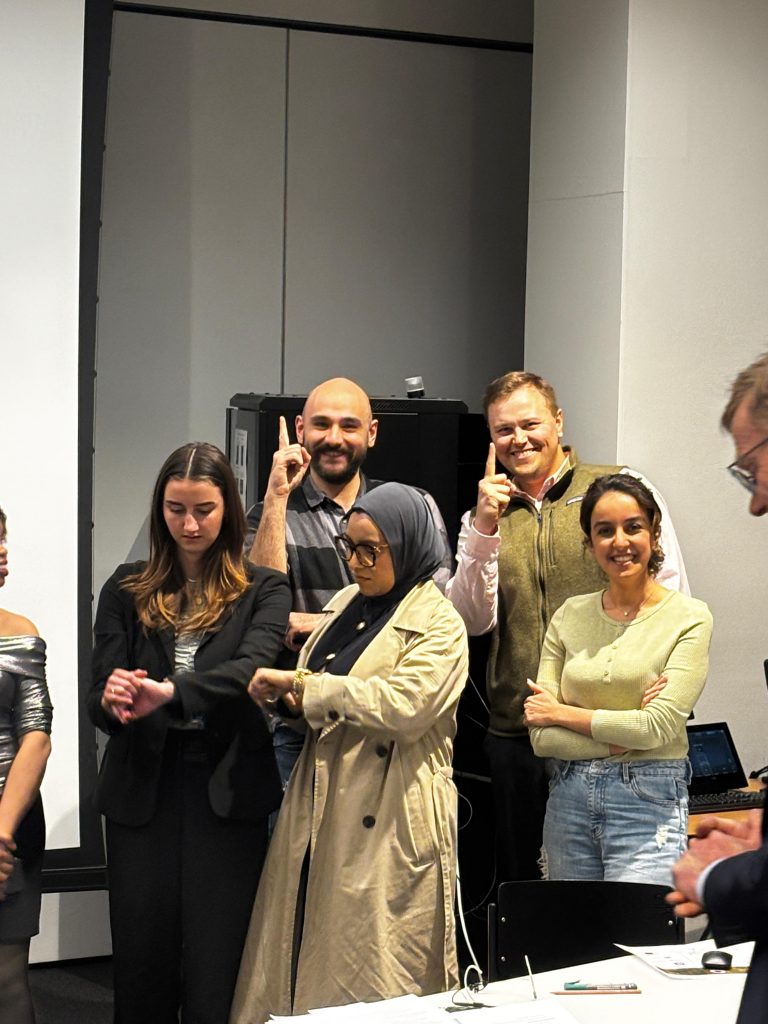
Figure 8.Celebrating the Win
“This article is written by Behnam Razmand. Behnam Razmand is currently studying in the international joint Master’s degree programme in Construction and Real Estate Management (ConREM), jointly organized by Metropolia University of Applied Sciences and HTW Berlin. He also serves as one of the international student ambassadors for the Future Construction Hub TITAN project, coordinated by Metropolia.”
